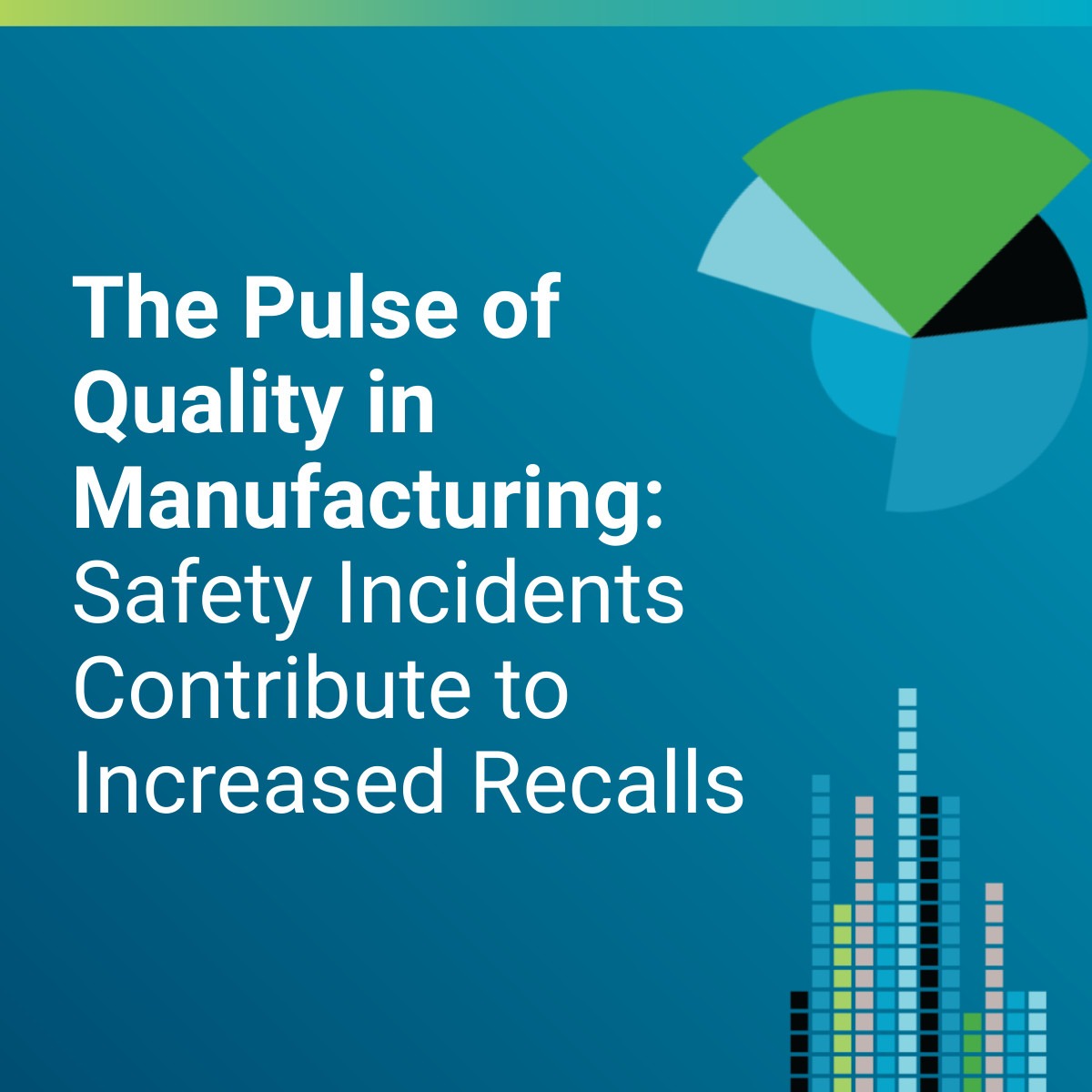Musculoskeletal disorders (MSDs) such as carpal tunnel syndrome and herniated discs are some of the most common workplace injuries. According to the U.S. Occupational Safety and Health Administration (OSHA), MSDs account for 34% of lost-time injuries and every $1 in $3 spent on workers’ compensation costs.
Employees in manufacturing are at particularly high risk of ergonomic injuries resulting from things like repetitive motions or awkward postures. The good news is, simple changes can translate into big results when it comes to preventing ergonomic injuries.
1. Start Noticing Ergonomic Risk Factors
MSDs can be painful and disabling, developing over a long period rather than after a specific event. People are trained to watch out for major accidents in the manufacturing environment, but the signs of ergonomic risks can be subtle.
Risk factors to be aware of include:
- Forceful movements.
- Repetitive motions.
- Awkward or static postures.
- Quick motions.
- Vibration, compression or contact stress.
- Cold temperatures.
2. Make a Meaningful Commitment to Ergonomic Safety
Manufacturers should have an ergonomics program that encourages participation by both leadership and front-line employees (which is obviously easier said than done).
From a management perspective, ergonomics can’t just be something you pay lip service to—it has to be something you:
- Invest in with time, money and resources, from small-scale job fixes to larger systems for tracking safety observations and incidents.
- Prioritize on an ongoing basis, even above production targets.
- Review regularly, taking action on ergonomic safety metrics. Not only is this the key to getting results, it also sends an important message that you are genuinely invested in employee safety.
3. Update Your Job Safety Analysis
Ergonomics should be an important part of your Job Safety Analysis (JSA) procedures. JSA is a method that breaks down high-risk jobs into individual steps, allowing you to identify and mitigate hazards at each step.
Often, it’s not just one single risk, but a combination of forces that cause MSD symptoms. You’ll want to look at each step alone and in relation to other steps, paying attention to elements such as:
- Equipment: Is this the right tool for the job? What about for the worker? Something as simple as an inexpensive dial torque wrench, for example, can minimize wrist and hand stress when screwing on caps.
- Workstation: Are supplies and equipment within easy reach? Do workers have ergonomic chairs, stools or anti-fatigue mats to prevent lower back stress?
- Job design: Does the procedure require repetitive or awkward motions, and if so, how can you make adjustments? Is there a way you can reduce the weight or size of any items lifted?
4. Focus on Ergonomics Training
Your employee training program should include a strong focus on ergonomics. Again, this isn’t an area where you can just check the box. Empowering employees to prevent ergonomic injuries requires:
- Regularly updating training courses and requirements to reflect new JSA learnings as well as any changes to policies, equipment or processes.
- Tracking compliance with required trainings, which is easier with Employee Training tracking tools that automate scheduling and notification.
- Developing leading indicators for your company that link training metrics with ergonomic injuries and costs. This requires a robust reporting system to help you spot trends and patterns.
5. Integrate Risk Management
Preventing ergonomic injuries requires more than just the occasional one-off interventions. Instead, your ergonomics program should be built around a closed-loop risk management process based on:
- Hazard identification: In addition to incorporating ergonomic safety into EHS audits, many companies use quotas or incentives to encourage employees to log observations in the EHS Management System.
- Risk assessment: Tools like a risk matrix can help standardize decision-making, such as when you’re evaluating a specific step in a JSA or determining whether a hazard needs additional controls.
- Corrective action: Calculating the risk level of corrective actions lets you pinpoint high-risk issues that need priority attention now. Risk tools should also let you do a final risk-based verification to ensure the corrective action reduces risk to acceptable levels.
- Ongoing monitoring: To make sure any changes implemented actually stick, you need a system for reporting results and auditing the problem in the future.
6. Don’t Forget the Office
While the office may seem like a relatively protected work environment compared to the shop floor, the reality is many ergonomic injuries occur in office settings. And these injuries can have just as big an impact on workers and the company. Consider, for example, that carpal tunnel syndrome takes an average of 28 days to recover from—longer than a fracture.
Strategies for addressing ergonomics in the office include:
- Having a member of the ergonomics team perform quarterly checks of workspaces to identify improvements.
- Installing automated tools that require workers to take breaks from the computer, both in terms of taking their eyes off the screen as well as getting up and moving their bodies.
- Making sure people have the right equipment such as headsets, ergonomic chairs and lumbar support.
Ergonomics are often overlooked, but taking the time to get it right will pay off big in the long run—for your people, as well as the company’s bottom line.


